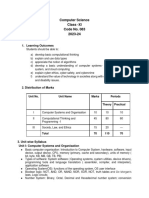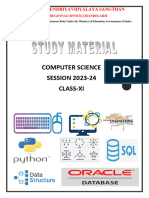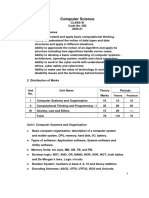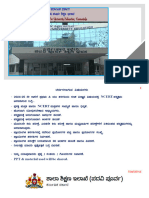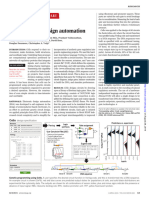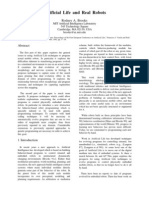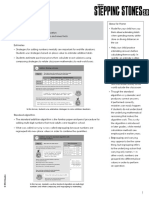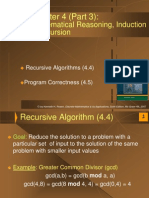0% found this document useful (0 votes)
16 views3 pagesPUC 1 ListOfTopicsToCover
The document outlines the syllabus for Class XI Computer Science, detailing units, chapters, topics to cover, and corresponding NCERT book pages. It includes key areas such as computer systems, software types, operating systems, problem-solving, Python programming, data types, control flow, and cyber safety. Additionally, it specifies exam periods and practical revisions throughout the academic year.
Uploaded by
hih688352Copyright
© © All Rights Reserved
We take content rights seriously. If you suspect this is your content, claim it here.
Available Formats
Download as PDF, TXT or read online on Scribd
0% found this document useful (0 votes)
16 views3 pagesPUC 1 ListOfTopicsToCover
The document outlines the syllabus for Class XI Computer Science, detailing units, chapters, topics to cover, and corresponding NCERT book pages. It includes key areas such as computer systems, software types, operating systems, problem-solving, Python programming, data types, control flow, and cyber safety. Additionally, it specifies exam periods and practical revisions throughout the academic year.
Uploaded by
hih688352Copyright
© © All Rights Reserved
We take content rights seriously. If you suspect this is your content, claim it here.
Available Formats
Download as PDF, TXT or read online on Scribd
/ 3




